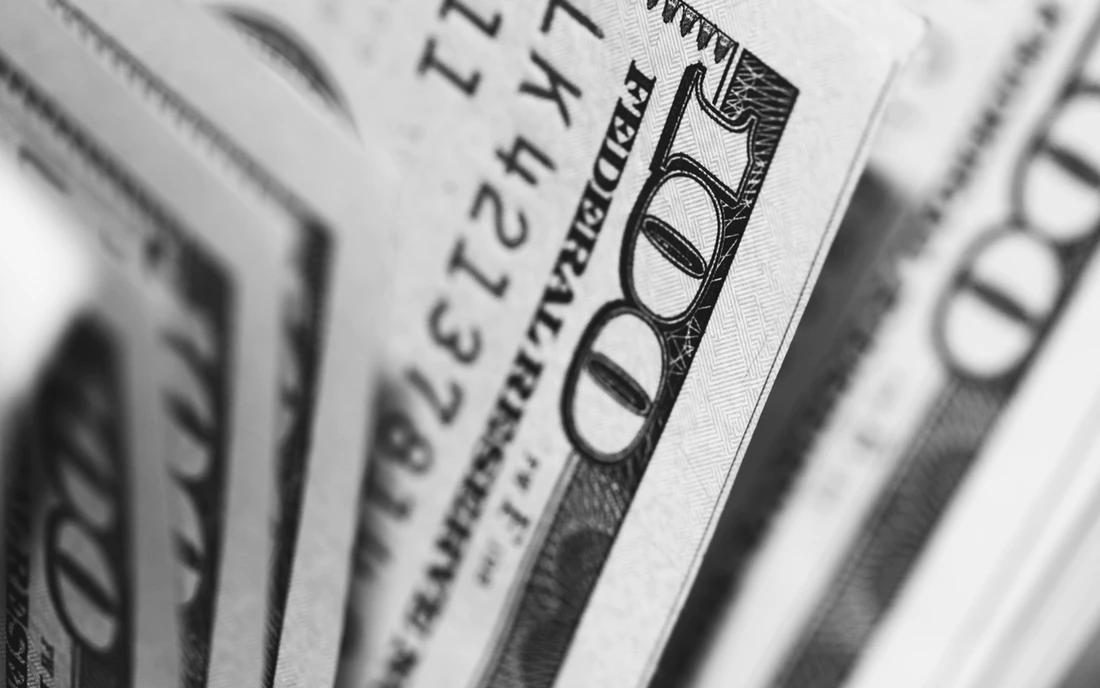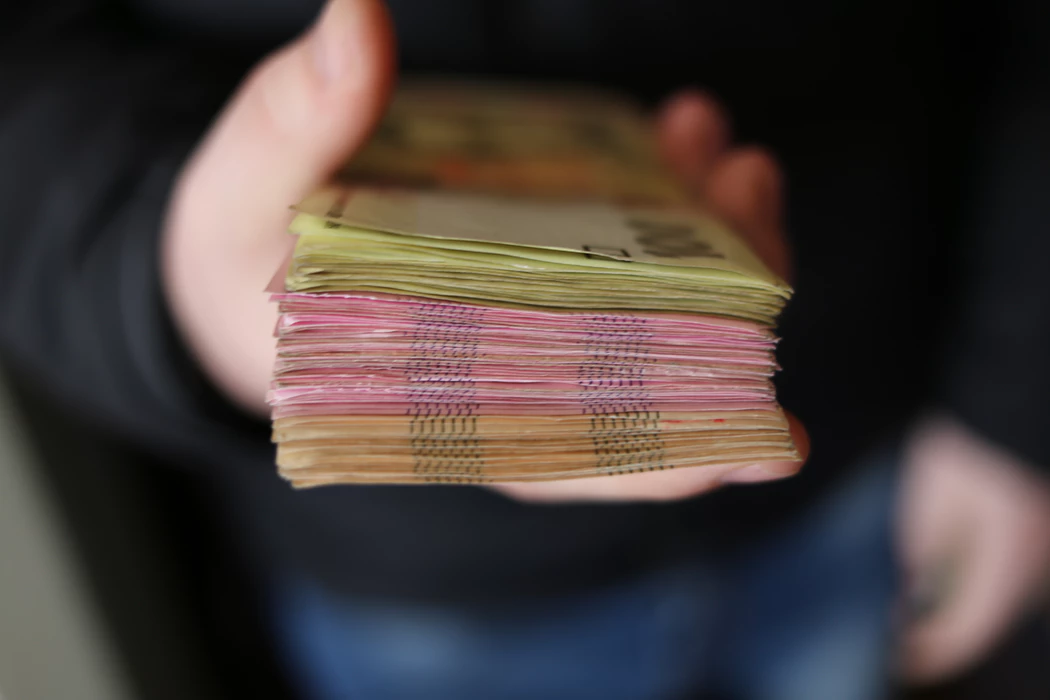By Bond Collective Staff
As an entrepreneur in the early stages of building a startup, you may think your only option for raising large amounts of capital is to go into debt. But there is another option. If bank loans and credit cards don’t fit within your business model, consider offering convertible debt instead.
The experts at Bond Collective have created this complete guide to convertible debt for startups to answer your most pressing questions about this unique fundraising option.
What Is Convertible Debt?
Convertible debt (sometimes called a convertible note) is an investment option used by early-stage investors, like venture capitalists and angel investors, to provide funds to a startup while delaying the valuation of said startup until a later date.
Because convertible debt typically comes before your startup’s first round of stock offering (the series A funding round), investors aptly refer to it as a seed investment. At its most basic, convertible debt is a loan — an investor gives your startup money to build the business.
But unlike bank loans and credit cards, you don’t pay back the loan with more money. Instead, when the time comes — during a later round of funding — you will convert the original amount of the loan into equity (stock) in your new company.
The unique feature of this type of funding — and one that makes it extremely desirable to early investors — is that it compensates the VC or angel for taking on risk by leveraging two essential components: a discount and a cap.
The Essential Components Of Convertible Debt
Discount
Convertible debt with a discount attached gives the early investor the option to convert their seed money into stock at a lower price than other investors. Typical discounts range from one percent to 35 percent, with 20 percent being the most common.
So, if you offer series A stock at $5 per share, a seed investor holding a convertible debt with a 20-percent discount would convert their initial investment into stock for $4 per share.
We’ll dive into the math later on in this article, but if you’re curious about where that discounted share price came from, here’s the basic formula:
Discounted Share Price = Stock Price Per Share – (Stock Price Per Share X 0.20)
Discounted Share Price = $5 – ($5 X 0.20)
Discounted Share Price = $5 – $1
Discounted Share Price = $4 per share
Cap
Convertible debt with a cap attached sets the maximum value of the equity for that investor.
So if your series A stock offering is valued at $20 million and the cap on your convertible debt is set at $10 million, the seed investor is able to purchase stock at $2.50 per share.
Again, we’ll dive into the math later when we look at some examples, but here’s the formula for calculating cap-based stock conversion to tide you over:
Cap-Based Stock Purchase Price = Share Price X (Cap Amount / Series A Valuation)
Cap-Based Stock Purchase Price = $5 per share X ($10 million / $20 million)
Cap-Based Stock Purchase Price = $5 per share X 0.50
Cap-Based Stock Purchase Price = $2.50 per share
Choice
Seed investors have the option of including a discount, a cap, or both in their convertible debt. This is where you start to see the desirability of the convertible debt as an early-stage fundraising option.
If the convertible debt contains both a discount and a cap, the investor can choose which option to exercise. Typically, this will be the one that nets them the most shares at the lowest price.
Depending on a number of variables, the best choice may be the discount. At other times, the best choice may be the cap. It all depends on how the market values your company and where it sets the price per share of your series A offering.
Other Components Of Convertible Debt
Issuance Date
All loans and debts — convertible or otherwise — contain an issuance date so you and the investor know when the terms go into effect.
Maturity Date
The maturity date is the date on which you are required to pay back the initial investment. It will be some number of months or years after the issuance date. So if the issuance date is January 1, and the investor sets the maturity date at eight months, you will have to pay back the investment on September 1 of that same year.
Seed investors may also include a clause that sets a soft, rather than a hard, maturity date. With a hard maturity date, you will owe the money no matter what. With a soft maturity date, if you can’t pay the money back, you are then required to start paying interest.
Interest Rate
Some seed investors will include an interest rate in their convertible debt. This protects them against delays in startup valuation and ensures a return on their investment.
After the maturity date (e.g., six months or a year), if you haven’t offered series A stock, the convertible debt will begin accruing interest at a rate set in the original contract. So if your convertible debt was for $25,000 with 1 percent interest after six months, in the seventh month (and every month thereafter), you would owe the investor $250 ($25,000 X 0.01).
Typically, you would add any interest owed to the original amount of the convertible debt. So if you offered series A stock in the eighth month after the issuance date, the original convertible debt would be worth $25,250 ($25,000 + $250 interest for the seventh month).
Repayment Method
With most convertible debt, you will repay the investment by converting the entire value to stock. Some investors, though, may also include language that obligates you to pay back a certain percentage of the original investment as cash and the remainder as stock.
Examples Of Convertible Debt For Startups
For the following examples, we’ll assume these numbers for your startup:
-
$50,000 initial investment
-
20 percent discount
-
$10 million cap
-
No interest accrued
-
Series A valuation of $20 million at $5 per share
-
4 million shares total
Discount But No Cap
We discussed how the discount applies to share price in the Essential Components Of Convertible Debt section above, but we’re going to add information to that in this section.
Here’s the original formula:
Discounted Share Price = Series A Price Per Share – (Series A Price Per Share X Discount)
Discounted Share Price = $5 – ($5 X 0.20)
Discounted Share Price = $5 – $1
Discounted Share Price = $4 per share
With that information, the investor can calculate the potential ROI of their $50,000.
-
12,500 shares ($50,000 / $4 per share)
-
Real-market value of those shares = $62,500 (12,500 shares X $5 per share)
-
ROI on $50,000 = $12,500 ($62,500 market value – $50,000 investment)
-
ROI on initial investment = 25 percent ($12,500 ROI / $50,000 investment)
Cap But No Discount
Again, we discussed how the cap applies to share price in the Essential Components Of Convertible Debt section above, but now we’re going to dive into more details.
Here’s the original formula:
Cap-Based Stock Purchase Price = Share Price X (Cap Amount / Series A Valuation)
Cap-Based Stock Purchase Price = $5 per share X ($10 million / $20 million)
Cap-Based Stock Purchase Price = $5 per share X 0.50
Cap-Based Stock Purchase Price = $2.50 per share
With that information, the investor can calculate the potential ROI of their $50,000.
-
20,000 shares ($50,000 / $2.50 per share)
-
Real market value of those shares = $100,000 (20,000 shares X $5 per share)
-
ROI on $50,000 = $50,000 ($100,000 market value – $50,000 investment)
-
ROI on initial investment = %100 ($50,000 ROI / $50,000 investment)
Cap And Discount
Like we mentioned earlier, when a convertible debt contains both a discount and a cap, the investor can choose which option to exercise. As you can see in the examples above, the cap is the better ROI, so the investor would be better served by choosing that option. In most cases, the cap will offer the highest ROI.
Become Familiar With Convertible Debt
To really get a sense of how the cap in a convertible debt works, we suggest leaving the discount the same, but lowering and raising the cap by several million dollars.
You’ll find that the larger the difference between the cap and the startup valuation (without going over) the higher the ROI. The smaller the difference between the cap and the startup valuation (without going over) the lower the ROI.
If the cap exceeds the market valuation of your startup, the investor can actually pay more than market value for your stock.
In that case, the 20% discount would be the best bet. That’s why investors who offer convertible debt will include both a discount and a cap. The discount protects their investment in the event that the startup valuation is close to equal to, or more than, the cap.
By taking the time to get familiar with the complexities of convertible debt, you arm yourself with the knowledge necessary to guide your new startup through the difficult initial stages to the success you’ve been dreaming about.
To learn more about how you can preserve your hard-earned capital by starting your business in a coworking space, visit BondCollective.com today.





